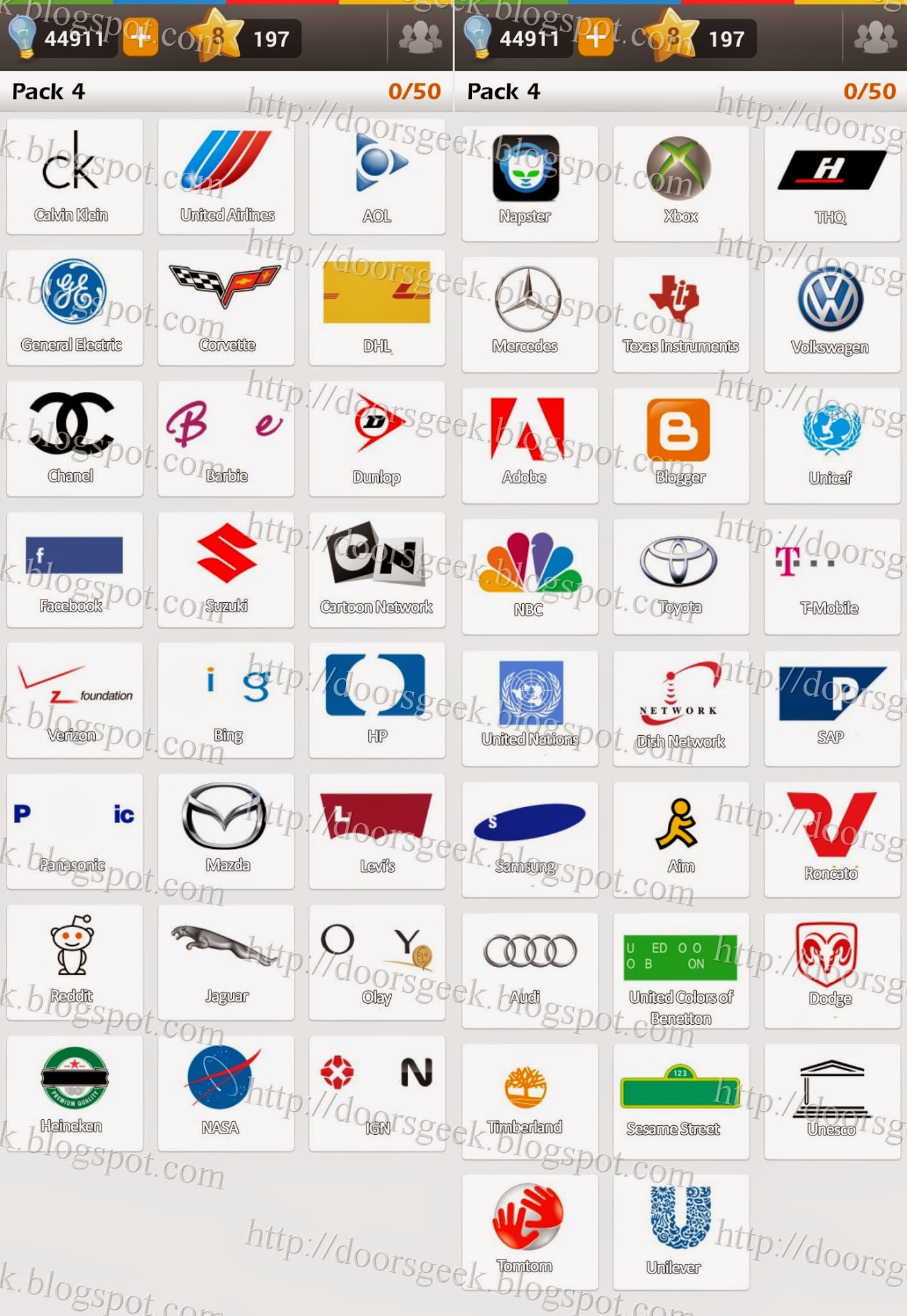
Overall, younger people are more likely than older adults to own a phone in the Philippines (41 percentage points), Lebanon (27 points), India (25 points) and Mexico (24 points).įor more on how phone ownership and use varies by age, gender or education levels, see Appendix C. Only in the Philippines do fewer than half of the oldest age group own a phone (46%). A majority of those 50 and older also report owning a mobile phone in most of the 11 countries surveyed. However, a slightly smaller share of younger Venezuelans – but still a majority at 65% – say they own a mobile phone. Most of those ages 18 to 29 report owning their own mobile phone in almost all countries surveyed. Outside of India – where men are 28 percentage points more likely than women to own a mobile phone – gender gaps in ownership in other countries are either relatively modest (such as the 8-point differences in Kenya and Lebanon) or nonexistent, as in the case of Vietnam and the Philippines. But ownership rates among women vary significantly across the countries, from a low of 56% in India to a high of 96% in Vietnam. Majorities of both men and women own mobile phones in all of the countries surveyed. These educational gaps in ownership range from just 3 percentage points in Vietnam to 35 points in the Philippines. In all countries surveyed, adults with a secondary education or higher are more likely to own their own mobile phone than are those with less than a secondary education. Mobile phone ownership varies by age, gender and educationĪcross these 11 countries, mobile phone ownership (as distinct from phone sharing) tends to vary by several demographic traits, including educational attainment, gender and age. 8 And in India – where women are less likely than men to own their own mobile phones – significantly more women (20%) than men (5%) report sharing a device with someone else. Sharing tends to be more common among adults with lower levels of education. (Throughout this report, phone owners and phone sharers will be grouped together and referred to as “mobile phone users.”) 7 But overall, phone sharing is relatively rare in most countries – ranging from just 1% in Vietnam to a high of 17% in Venezuela.

Meanwhile, an 11-country median of 11% say they do not own a mobile phone, which includes a median of 7% who say they regularly use someone else’s phone. Ownership is lowest in Venezuela, India and the Philippines, but even in these countries about seven-in-ten adults own a mobile device. Ownership levels are highest in Vietnam, where nearly all adults (97%) own a mobile device, although about nine-in-ten or more also own one in Jordan, Tunisia, Colombia, Kenya, Lebanon and South Africa. Majorities of adults in each of the 11 emerging and developing countries surveyed report owning their own mobile phone. 6 Most adults say they own a mobile phone relatively few share one In only one country – Lebanon – does a majority (57%) have access to a working desktop, laptop or tablet computer in their household, and mobile devices play a prominent role in how people access the internet and their social networks in many of these nations. Meanwhile, access to tablets or computers is rarer. In seven of these countries, half or more now use smartphones – and smartphone use is especially common among younger and more educated groups. Large majorities in the 11 emerging and developing countries surveyed either own or share a mobile phone, and in every country it is much more common to own one’s own phone than to share it with someone else.


 0 kommentar(er)
0 kommentar(er)
